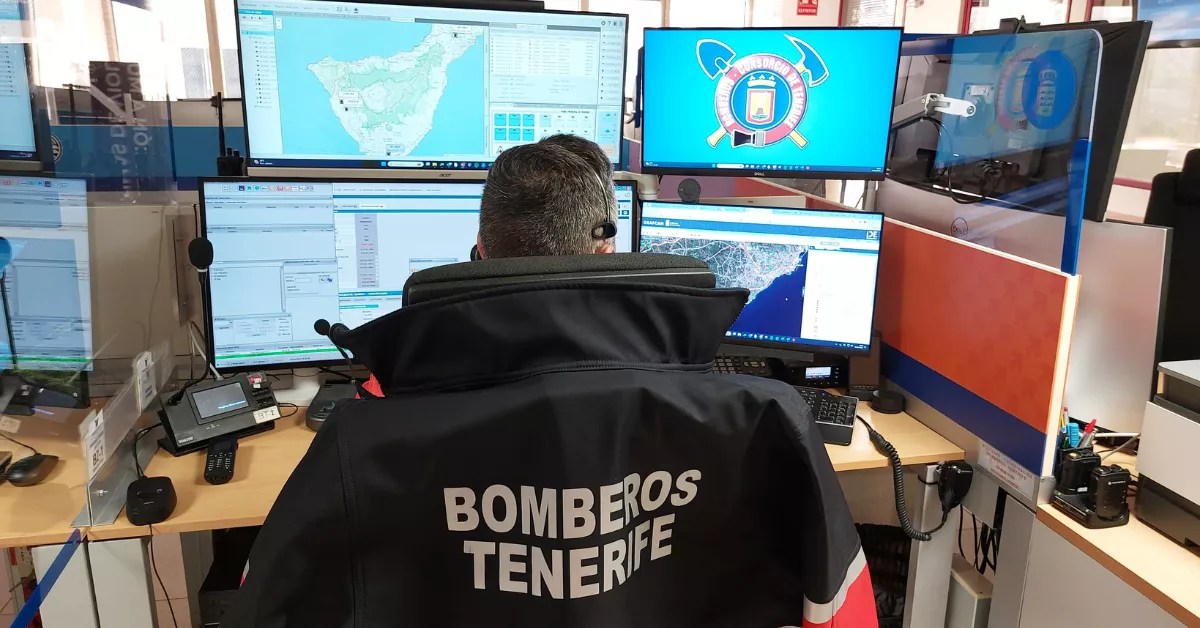
A scientist team led by the paleontologist from the University of La Laguna, Carolina Castillo Ruiz, has unearthed an articulated reptile belonging to the Gallotia species, originating from Tenerife and estimated to be 700,000 years old. The specimen has undergone scanning and cleaning processes and is currently housed in the Biology Section of the academic institution, awaiting further analysis and presentation at the upcoming national congress in this field.
The discovery, which occurred some years ago, was entirely serendipitous. Botanist Arnoldo Santos Guerra stumbled upon a block weighing over 20 kilograms while searching for snail shells. Within this block, he noticed a bone that captured his attention, prompting him to promptly reach out to the paleontologist who, at that time, was involved in the funded projects Gallotia 3D and Paleoparque Anaga.
The specimen has retained its complete morphology, with its skeletal structure being distinctly visible. Interestingly, researchers have identified another similar reptile, potentially younger or smaller in size, albeit in a poorer state of preservation. Initial hypotheses suggest that both creatures were together within a dune formation, with their demise possibly resulting from an accidental or sudden event, as evidenced by the well-preserved bone structures.
This reptile bears striking resemblances to the Gallotia species found in El Hierro. However, the precise species identification and corresponding morphological comparisons are yet to be determined. Computed tomography scans of the head, separate from the body, have already been conducted to generate a 3D model for comparison with existing species. During a presentation to the university’s rector, Francisco García, the researcher, accompanied by team members, highlighted that the excellent condition of the specimen provides accurate insights into its proportions without the need for regression lines commonly utilised in such analyses.
Castillo Ruiz suggests that a detailed bone-by-bone study will allow for the analysis of subtle cues to unveil the reptile’s paleobiology. The findings suggest it could belong to the extinct giant lizard species Gallotia goliath, predating human presence. However, confirmation of its exact species is still pending, he adds.
Significant paleontological legacy
The laboratory serves as a valuable centre for conserving paleontological heritage, housing thousands of fossil specimens encompassing plant remains, vertebrates, invertebrates, and trace fossils from both terrestrial and marine environments. These collections are integral to the research and educational activities within the University of La Laguna’s Paleontology department.
Visitors can observe remnants of lizards from El Hierro dating back 4,000 to 15,000 years, including jawbones with teeth, leg bones, and other meticulously catalogued elements. In fact, explorations of 26 caves were conducted on the island, with only one currently catalogued. Enhancing technical support staff and research personnel will advance scientific understanding in this realm.
Similarly, significant discoveries have been made in marine environments, preserving fossil traces of great scientific value such as Santichnus mayoralii. However, a considerable portion of this material is being utilised for various undergraduate projects and doctoral theses by aspiring researchers.
















